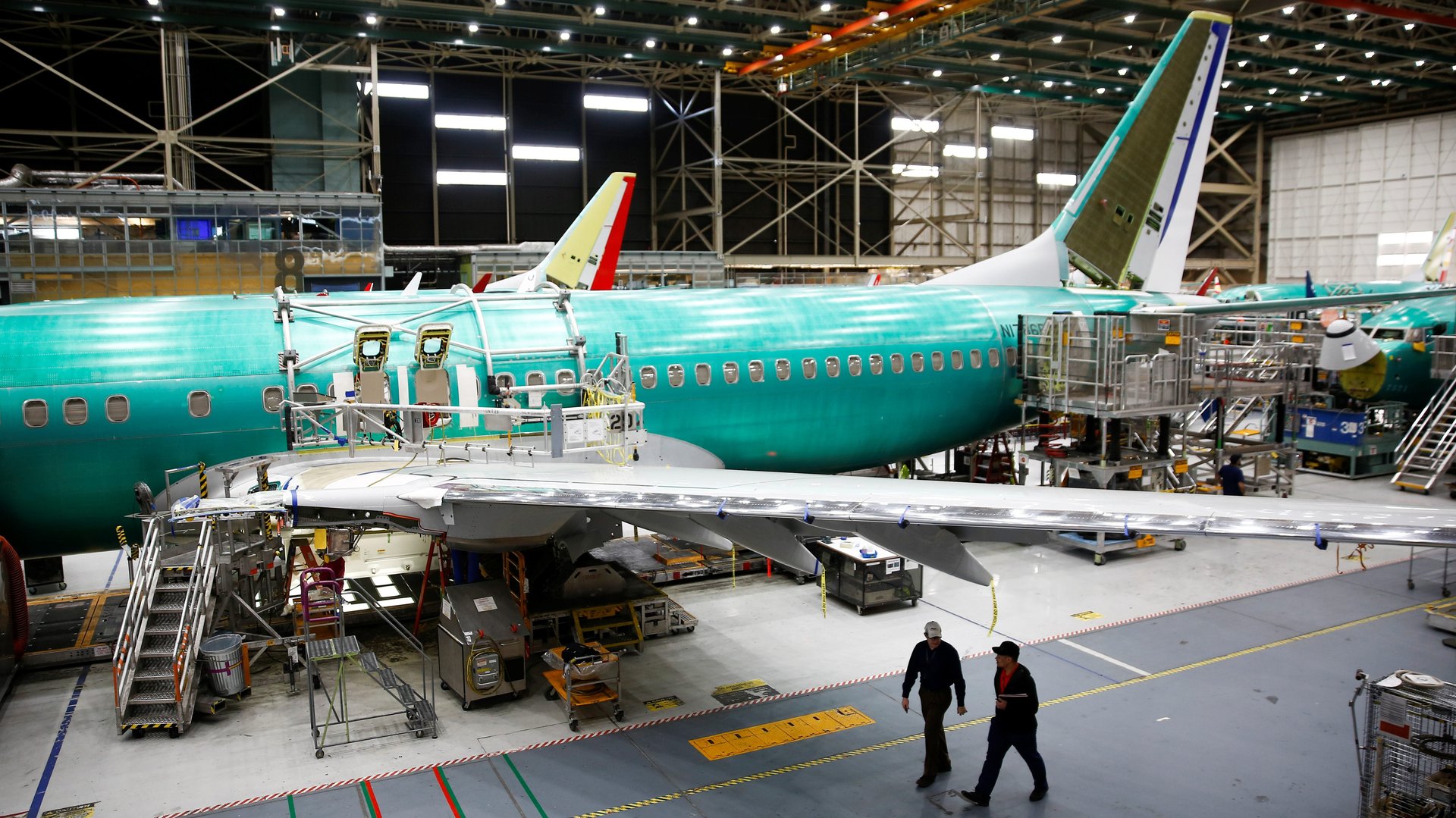The US is finally regulating airplane emissions but the rules are worthless
Over the years, as the US has haltingly tried to restrict greenhouse gas emissions from cars and trucks, airplanes have managed to fly through the cracks. There’s never been a limit on emissions from the aviation industry. And though planes have gotten more efficient, those gains haven’t been enough to offset the increasing number of flights.


Over the years, as the US has haltingly tried to restrict greenhouse gas emissions from cars and trucks, airplanes have managed to fly through the cracks. There’s never been a limit on emissions from the aviation industry. And though planes have gotten more efficient, those gains haven’t been enough to offset the increasing number of flights.
That’s about to change. On July 22, the Environmental Protection Agency is expected to introduce the first-ever emissions regulations for airplanes in the United States. But as you might expect from an administration better known for tearing down climate rules than implementing them, the rules are toothless from the start.
The EPA’s regulations are designed to match standards that were first suggested in 2017 by the UN agency that oversees international flights. But the UN rules, which limit fuel consumption per mile for different types of planes, were “already obsolete by the year they were agreed to,” said Dan Rutherford, program director for aviation at the International Council on Clean Transportation.
Starting this year, any new airplane design will have to meet the US fuel economy requirements, along with all planes in production by 2028 that will be flown in the US. (Existing fleets are exempt.) According to a new ICCT analysis, though, planes rolling off assembly lines in 2016 already hit the 2028 target—meaning the regulation is more than a decade late to the gate. By 2019, new planes were beating the 2028 standard by 9% on average, and by up to 20% in some models.
This isn’t just a missed opportunity to curb emissions, Rutherford said: It also forfeits what should be a key side effect of emissions regulations, which is to create a market opportunity for cleaner alternatives that draws in research and investment.
The Obama-era Clean Power Plan, for example, which instituted emissions limits on fossil-fired power plants, was meant to make renewables more cost-competitive and accelerate the development of carbon capture technology (the Trump administration replaced it with a much less stringent version in 2019).
One way to give the regulations some teeth would be to make them apply to existing fleets. That would drive older models off runways faster—for most major US airlines, the average aircraft is about 10 years old, meaning most planes out there don’t meet the 2028 standard.
Given the financial hit airlines have taken from the pandemic, which has decimated demand for new planes, a regulatory nudge might be the only thing that could get airlines to upgrade their fleets anytime soon.